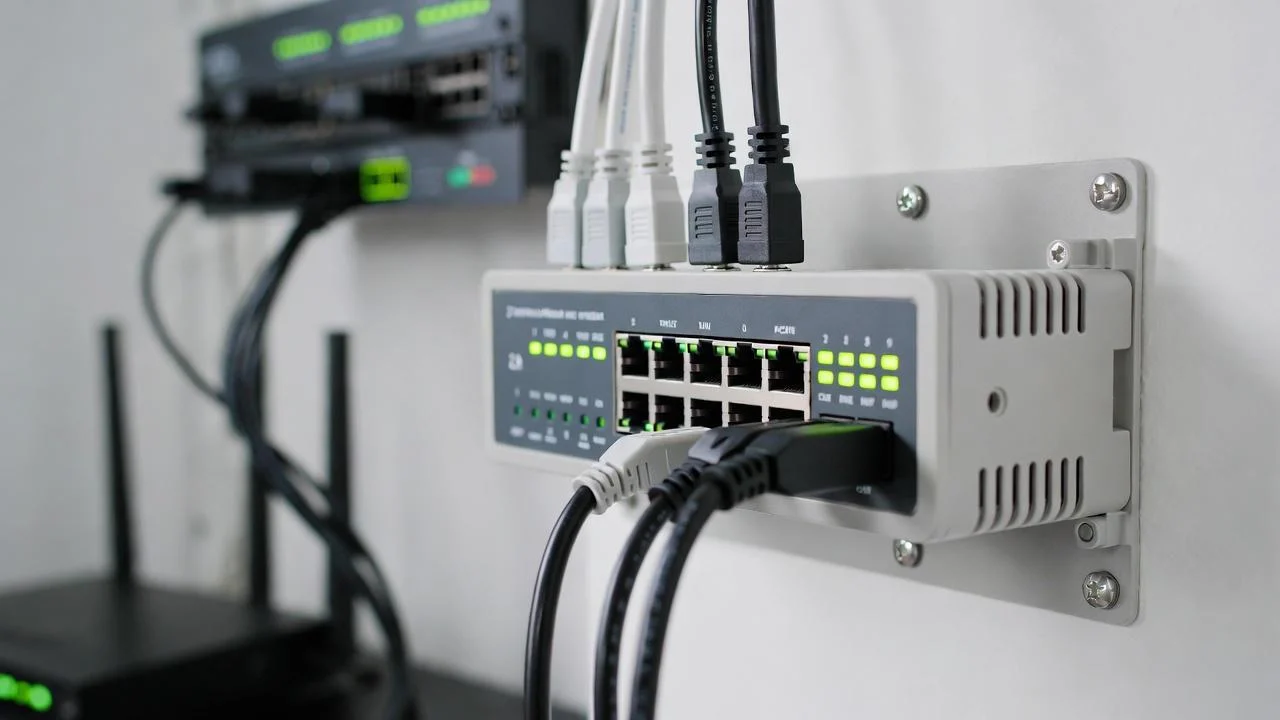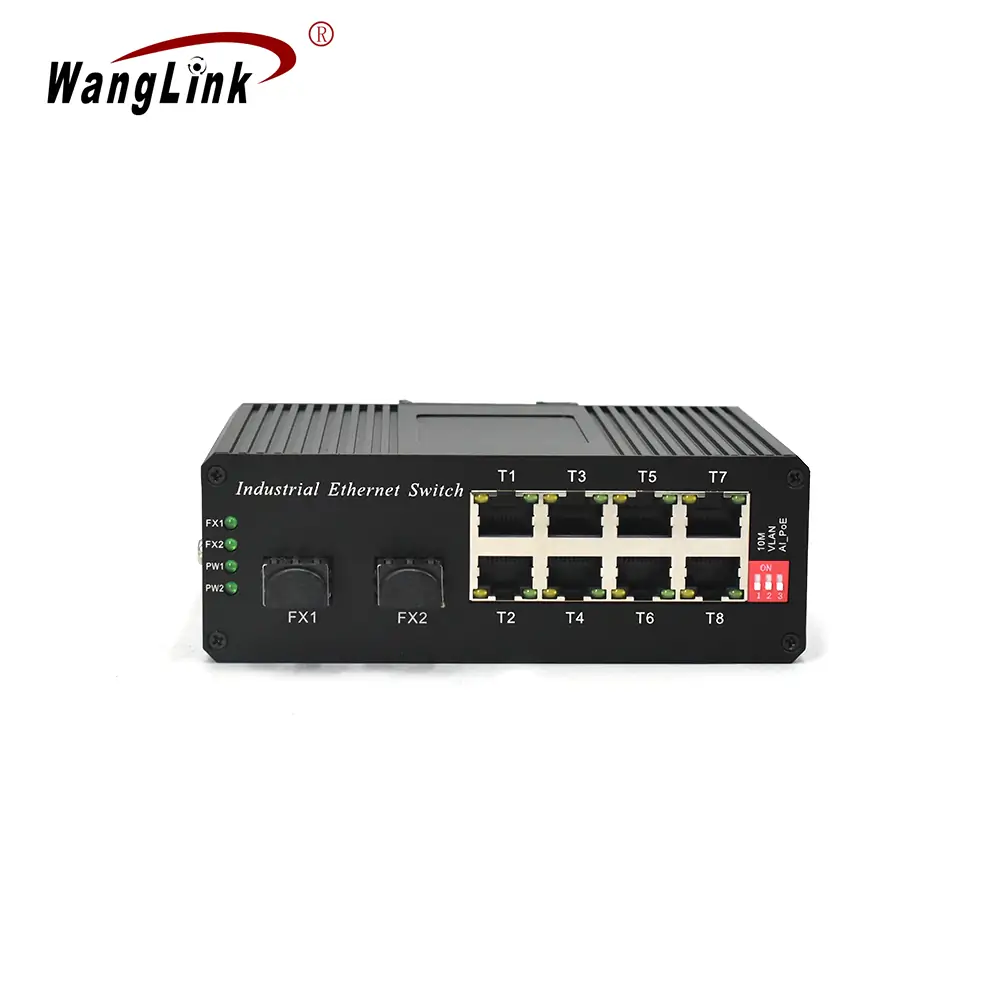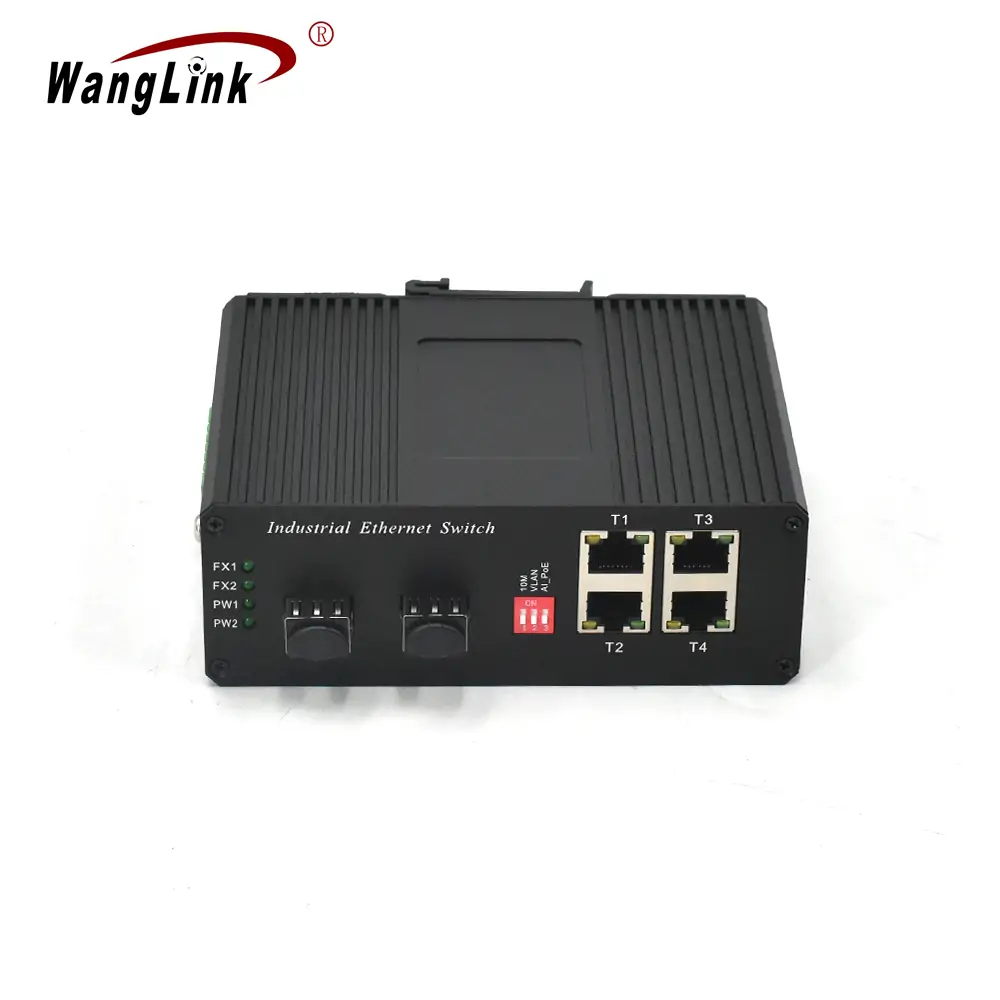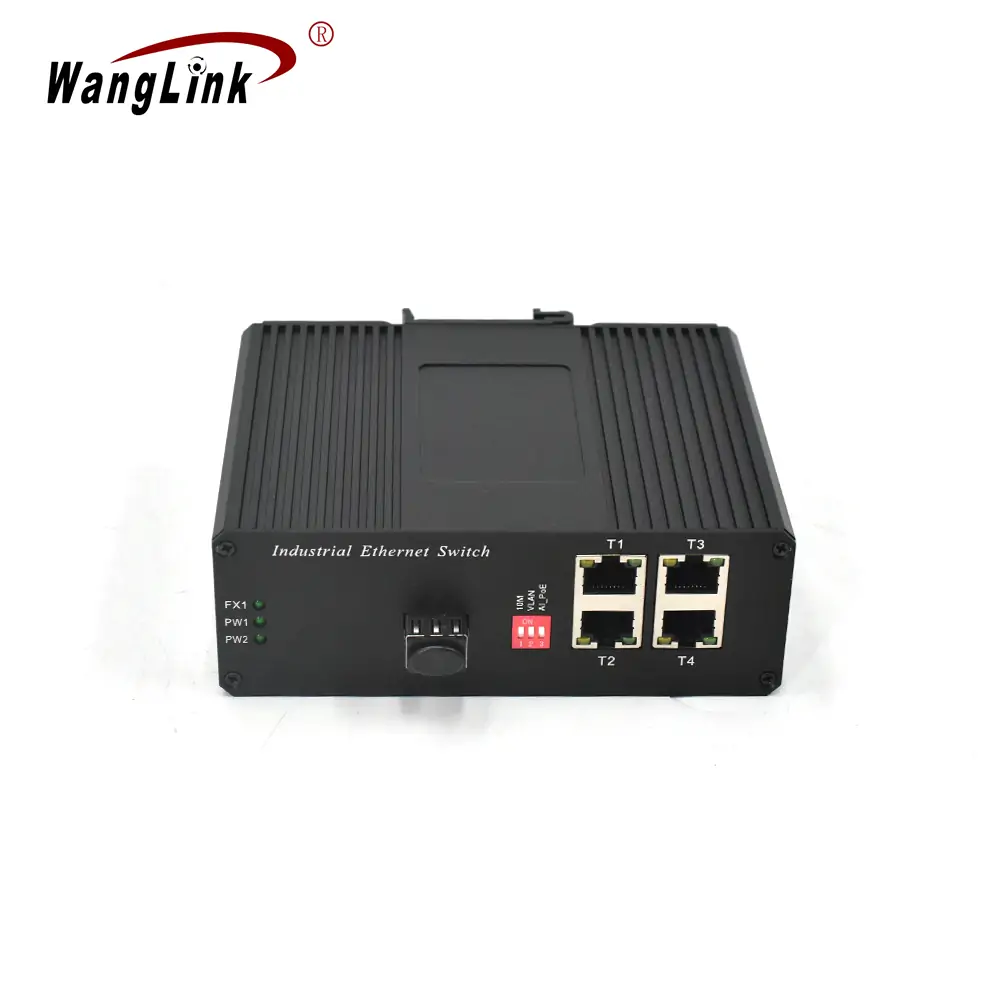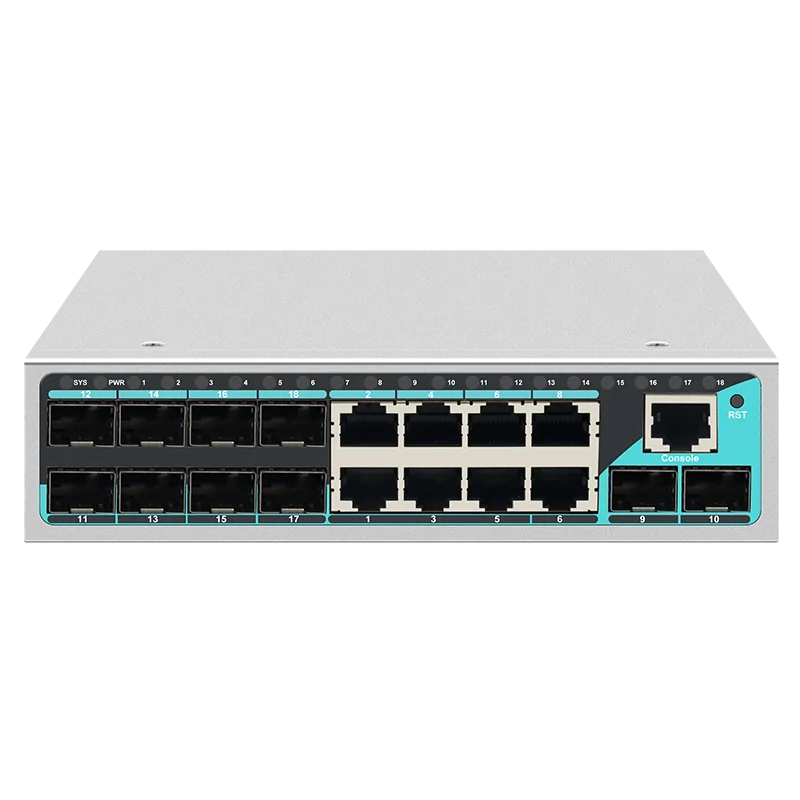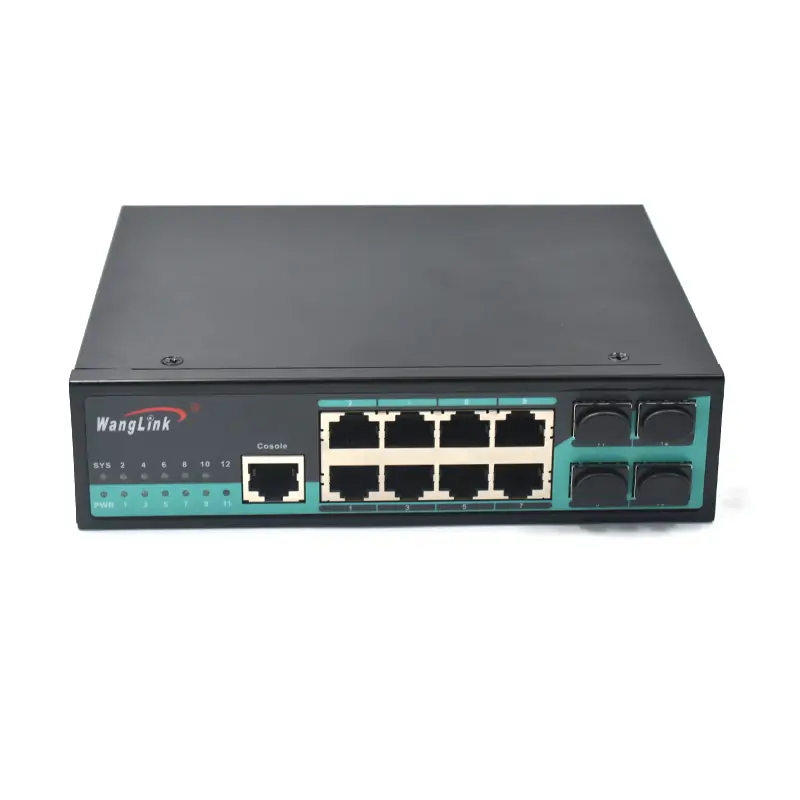2 Port Ethernet Switch Module: Complete Guide to Compact Network Solutions
In today’s interconnected world, network infrastructure demands flexibility and efficiency at every level. The 2 port ethernet switch module represents a crucial component in modern networking, offering compact solutions for applications where space and power consumption are critical factors. This comprehensive guide will explore everything you need to know about these versatile networking devices.
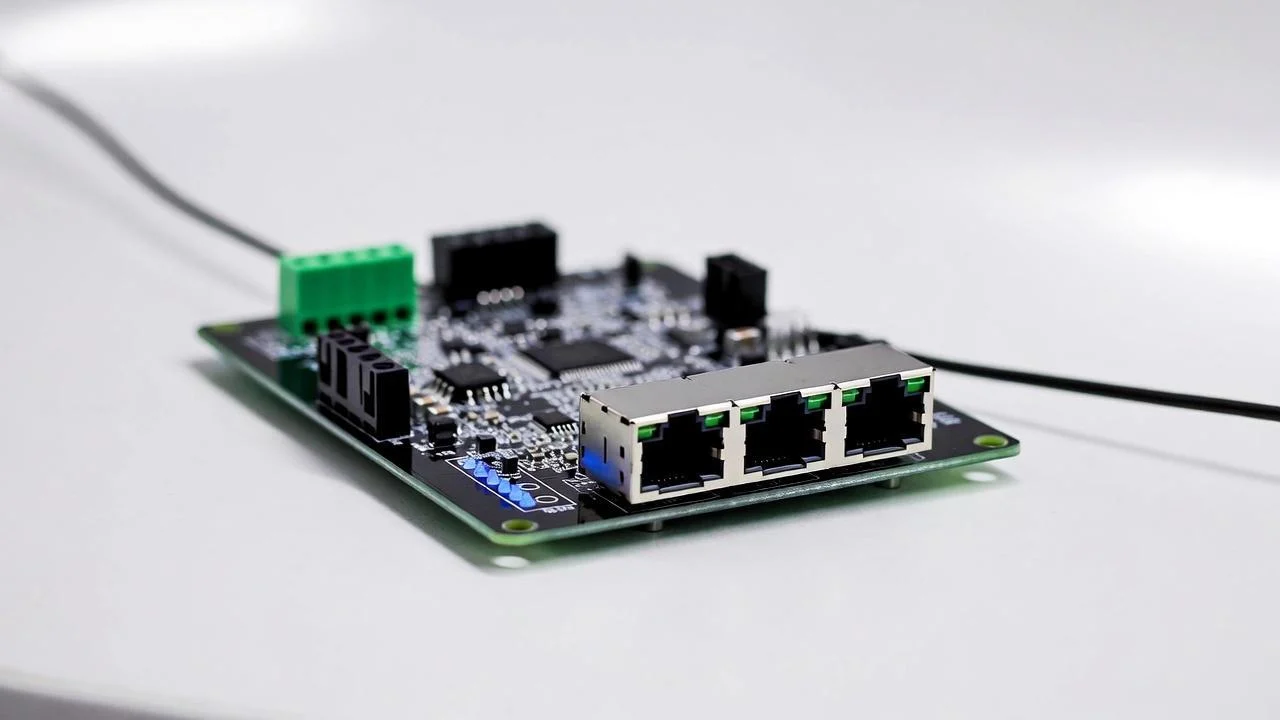
What is a 2 Port Ethernet Switch Module?
A 2 port ethernet switch module is a compact networking device designed to provide basic switching functionality in space-constrained environments. Unlike traditional desktop switches, these modules are typically designed for integration into larger systems, embedded applications, or specialized networking equipment.
Key Characteristics
- Compact Form Factor: Designed for integration into tight spaces
- Low Power Consumption: Optimized for energy-efficient operation
- Embedded Design: Often used as components in larger systems
- Industrial-Grade Options: Available for harsh environmental conditions
Core Features and Specifications
Essential Technical Specifications
When evaluating a 2 port ethernet switch module, several key specifications determine its suitability for your application:
| Specification | Typical Range | Importance |
|---|---|---|
| Data Rate | 10/100/1000 Mbps | Determines network speed |
| Power Consumption | 1-5W | Critical for battery-powered applications |
| Operating Temperature | -40°C to +85°C | Defines environmental suitability |
| Form Factor | Various PCB sizes | Affects integration possibilities |
| Switching Capacity | 2-4 Gbps | Determines throughput capability |
| MAC Address Table | 1K-8K entries | Affects network scalability |
Advanced Features
Modern ethernet switch modules often include sophisticated features:
- Auto-negotiation: Automatic speed and duplex detection
- Flow Control: IEEE 802.3x pause frame support
- VLAN Support: Virtual LAN capabilities for network segmentation
- Quality of Service (QoS): Traffic prioritization mechanisms
- Port Mirroring: Network monitoring and troubleshooting capabilities
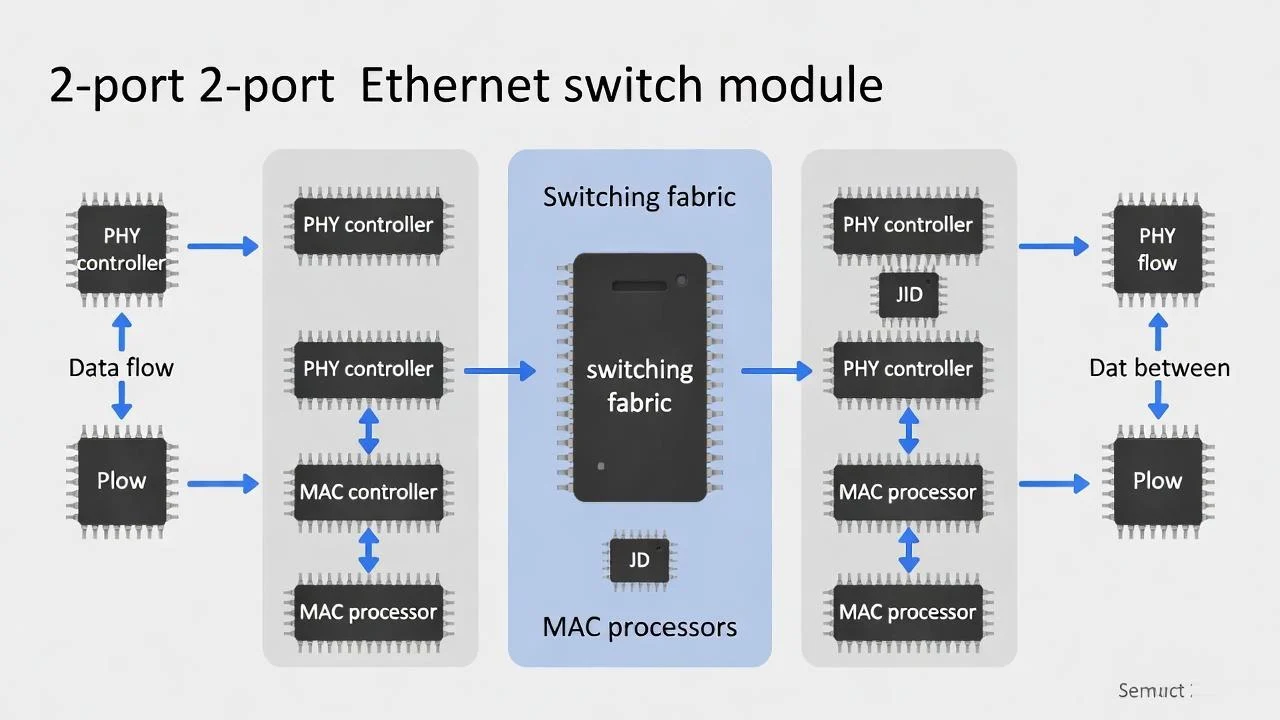
Applications and Use Cases
Industrial Automation
2 port ethernet switch modules play a vital role in industrial automation systems:
- PLC Integration: Connecting programmable logic controllers to factory networks
- Sensor Networks: Linking distributed sensors in manufacturing environments
- Machine-to-Machine Communication: Enabling direct device communication
- Process Control Systems: Supporting real-time data exchange
Embedded Systems
The compact nature of these modules makes them ideal for embedded applications:
- IoT Gateways: Providing network connectivity for Internet of Things devices
- Medical Equipment: Enabling network connectivity in healthcare devices
- Transportation Systems: Supporting communication in automotive and railway applications
- Smart Building Systems: Connecting HVAC, lighting, and security systems
Telecommunications Infrastructure
Service providers utilize ethernet switch modules for:
- Last-Mile Connectivity: Extending network reach to end users
- Network Aggregation: Combining multiple data streams
- Service Demarcation: Separating customer and provider networks
- Redundancy Solutions: Providing backup connectivity paths
Selection Criteria and Best Practices
Performance Requirements Analysis
When selecting a 2 port ethernet switch module, consider these critical factors:
1. Bandwidth Requirements
- Assess current and future traffic demands
- Consider peak usage scenarios
- Evaluate application-specific needs
2. Environmental Conditions
- Operating temperature range
- Humidity tolerance
- Vibration and shock resistance
- EMI/EMC compliance requirements
3. Power Constraints
- Available power budget
- Heat dissipation capabilities
- Power-over-Ethernet (PoE) requirements
Integration Considerations
Successful implementation requires careful attention to:
- Physical Dimensions: Ensuring proper fit within target systems
- Connector Types: Matching interface requirements
- Mounting Options: Selecting appropriate installation methods
- Thermal Management: Planning for heat dissipation
For comprehensive guidance on switch selection, refer to our detailed guide on how to choose the right switch as a network engineer.
Case Study: Smart Manufacturing Implementation
Background
TechFlow Manufacturing, a mid-sized automotive parts manufacturer, needed to upgrade their factory floor network to support Industry 4.0 initiatives. The challenge was connecting legacy machinery to a modern Ethernet network while maintaining operational continuity.
Solution Implementation
The company deployed 2 port ethernet switch modules throughout their production line:
Phase 1: Assessment and Planning
- Conducted comprehensive network audit
- Identified 47 connection points requiring upgrade
- Evaluated environmental conditions (temperature: -10°C to +60°C, high vibration)
Phase 2: Module Selection
Selected industrial-grade ethernet switch modules with specifications:
- Operating temperature: -40°C to +85°C
- Vibration resistance: IEC 60068-2-6 compliant
- Data rate: 10/100/1000 Mbps auto-negotiation
- Power consumption: <3W per module
Phase 3: Deployment Results
- 99.7% uptime achieved in first six months
- 40% reduction in network maintenance costs
- Real-time monitoring capabilities enabled
- Seamless integration with existing SCADA systems
Lessons Learned
- Environmental specifications are crucial for industrial applications
- Modular design enables phased implementation
- Standardization reduces maintenance complexity
- Quality components justify higher initial investment

Customization and OEM Solutions
Wanglink’s Comprehensive Customization Services
As a leading ethernet switch manufacturer with over 13 years of experience, Wanglink offers extensive customization options for 2 port ethernet switch modules:
Hardware Customization
- Custom PCB Design: Tailored form factors and layouts
- Connector Options: Various RJ45, fiber, and proprietary interfaces
- Environmental Hardening: Extended temperature and vibration specifications
- Power Options: Custom voltage requirements and PoE implementations
Software Customization
- Firmware Development: Custom feature sets and protocols
- Management Interfaces: Web-based, CLI, or API management
- Security Features: Enhanced authentication and encryption
- Protocol Support: Custom protocol implementations
Manufacturing Services
- One-Stop Solution: From PCBA design to final packaging
- Quality Assurance: Comprehensive testing and validation
- Inventory Management: $30M inventory for rapid delivery
- Flexible MOQ: Supporting both small and large volume orders
For detailed information about customization options, visit our customization page.
Comparison with Alternative Solutions
2-Port vs. Multi-Port Switches
| Feature | 2-Port Module | 4-8 Port Switch | 16+ Port Switch |
|---|---|---|---|
| Size | Minimal | Compact | Large |
| Power Consumption | Very Low | Low-Medium | High |
| Cost per Port | Higher | Medium | Lower |
| Flexibility | High | Medium | Low |
| Management Complexity | Simple | Medium | Complex |
| Scalability | Limited | Good | Excellent |
Media Converters vs. Switch Modules
While 2 port ethernet switch modules provide switching functionality, media converters like the CG101 Gigabit Media Converter serve different purposes:
- Media Converters: Protocol and media conversion
- Switch Modules: Layer 2 switching and forwarding
- Hybrid Solutions: Combined switching and conversion capabilities
Installation and Configuration Guidelines
Pre-Installation Checklist
Before deploying 2 port ethernet switch modules, ensure:
- Power Requirements: Verify voltage and current specifications
- Environmental Conditions: Confirm operating temperature and humidity ranges
- Physical Space: Measure available mounting area
- Network Planning: Document IP addressing and VLAN requirements
- Cable Management: Plan routing and strain relief
Configuration Best Practices
Initial Setup
- Default Configuration Review: Understand factory settings
- Security Hardening: Change default passwords and disable unused features
- Network Integration: Configure VLANs and QoS policies
- Monitoring Setup: Enable SNMP and logging features
Ongoing Management
- Regular Firmware Updates: Maintain security and feature currency
- Performance Monitoring: Track utilization and error rates
- Documentation Maintenance: Keep configuration records current
- Backup Procedures: Implement configuration backup strategies
Troubleshooting Common Issues
Connectivity Problems
Symptom: No link establishment
Possible Causes:
- Cable issues (damaged, wrong type, excessive length)
- Speed/duplex mismatch
- Power supply problems
- Port configuration errors
Resolution Steps:
- Verify cable integrity and specifications
- Check auto-negotiation settings
- Confirm power supply voltage and current
- Review port configuration
Performance Issues
Symptom: Slow data transfer or packet loss
Possible Causes:
- Network congestion
- Duplex mismatch
- Buffer overflow
- Environmental interference
Resolution Steps:
- Monitor traffic patterns and utilization
- Verify duplex settings on both ends
- Check buffer configuration
- Assess environmental conditions
Management Access Problems
Symptom: Cannot access switch management interface
Possible Causes:
- IP configuration issues
- VLAN configuration problems
- Security policy restrictions
- Firmware corruption
Resolution Steps:
- Verify IP addressing and routing
- Check VLAN membership and tagging
- Review access control lists
- Consider firmware recovery procedures
Future Trends and Technologies
Emerging Standards
The ethernet switch module market continues evolving with new standards:
- IEEE 802.3bt: Enhanced PoE capabilities up to 90W
- Time-Sensitive Networking (TSN): Deterministic communication for industrial applications
- Multi-Gigabit Ethernet: 2.5G and 5G speeds for bandwidth-intensive applications
- Software-Defined Networking (SDN): Centralized network control and programmability
Technology Integration
Future 2 port ethernet switch modules will incorporate:
- Artificial Intelligence: Automated network optimization and fault detection
- Edge Computing: Integrated processing capabilities
- Enhanced Security: Hardware-based encryption and authentication
- Environmental Monitoring: Built-in sensors for predictive maintenance
Frequently Asked Questions (FAQ)
Q1: What is the difference between a 2 port ethernet switch module and a regular 2-port switch?
A 2 port ethernet switch module is typically designed for embedded applications and integration into larger systems, while a regular 2-port switch is usually a standalone desktop device. Modules often have different form factors, power requirements, and mounting options optimized for OEM integration.
Q2: Can I use a 2 port ethernet switch module in outdoor applications?
Yes, but you need to select modules specifically designed for outdoor use. Look for industrial-grade modules with extended temperature ranges (-40°C to +85°C), IP65/IP67 ratings for moisture protection, and UV-resistant materials. Wanglink offers ruggedized options suitable for harsh environments.
Q3: How do I determine the power requirements for my application?
Power requirements depend on several factors:
- Module specifications (typically 1-5W)
- Connected device power consumption
- PoE requirements if applicable
- Environmental conditions affecting efficiency
Always add 20-30% margin for safety and future expansion.
Q4: What’s the maximum cable length I can use with a 2 port ethernet switch module?
Standard Ethernet specifications allow:
- Cat5e/Cat6: 100 meters for 1000BASE-T
- Cat6a: 100 meters for 10GBASE-T
- Fiber optic: Varies by type (up to 40km for single-mode)
For longer distances, consider fiber media converters like the CG101 series.
Q5: Can I customize the firmware on a 2 port ethernet switch module?
Many manufacturers, including Wanglink, offer firmware customization services. This can include custom features, protocols, management interfaces, and security implementations. Contact our team at [email protected] to discuss your specific requirements.
Q6: How do I ensure electromagnetic compatibility (EMC) in my application?
EMC compliance requires:
- Proper grounding and shielding
- Quality cables with appropriate shielding
- Adequate separation from interference sources
- Compliance with relevant standards (FCC, CE, etc.)
Choose modules that are pre-certified for your target markets.
Q7: What’s the typical lifespan of a 2 port ethernet switch module?
Industrial-grade modules typically offer:
- 10-15 years operational life in normal conditions
- MTBF (Mean Time Between Failures) of 100,000+ hours
- Extended warranties available from reputable manufacturers
Proper installation and environmental control significantly impact longevity.
Conclusion
The 2 port ethernet switch module represents a critical component in modern networking infrastructure, offering compact, efficient solutions for diverse applications. From industrial automation to embedded systems, these versatile devices enable connectivity in space-constrained environments while maintaining high performance and reliability.
When selecting a module for your application, consider factors such as environmental requirements, power constraints, performance specifications, and future scalability needs. Working with experienced manufacturers like Wanglink ensures access to quality products, comprehensive customization options, and professional support throughout the product lifecycle.
For more information about 2 port ethernet switch modules and other networking solutions, explore our product catalog or contact our technical team via WhatsApp at +8613544167258 or email at [email protected].
Whether you need standard modules or custom solutions, the right ethernet switch module can significantly enhance your network infrastructure’s efficiency, reliability, and scalability. Stay informed about the latest developments by visiting our news and knowledge base for ongoing insights and technical updates.
For comprehensive information about 2-port-ethernet-switch-module solutions and related products, continue exploring our extensive resources and expert guidance.
